Research in Conservation Biology
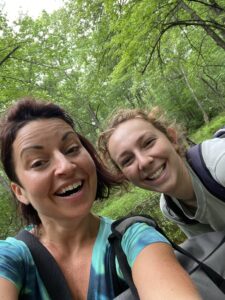
Olivia Sterantino ’23 and I deep in the woods near Jim Thorpe, PA in search of Scirpus ancistrochaetus, a federally endangered plant. We hope to update monitoring records for the plant and to learn more about the factors that govern its survival and distribution.
My students and I identify as both conservation biologists and restoration ecologists. Conservation biologists are guided by an underlying set ethical principles, including the belief that species and ecosystems should be preserved, ecological complexity and evolution should continue, and biodiversity has intrinsic value. Conservation biologists aim to achieve three primary goals: 1) to document biodiversity on earth, 2) to investigate human impacts on species and ecosystems, and 3) to develop practical approaches to conserve and restore species and ecosystems. Restoration ecology, which is a relatively new multidisciplinary field of study, is a branch of conservation biology. Grounded in theory and experimentation from the ecological sciences, restoration ecology provides the science essential to the practice and art of ecological restoration – the process of assisting the recovery of a degraded ecosystem.
Overview of Research in my Lab
Student research in my lab uses a combination of environmental monitoring, modeling approaches, social science methods, and controlled experiments to advance understanding about the impacts of human activity on aquatic ecosystems, including freshwater and coastal marine systems and wetlands. We are also interested in the science and application of ecological restoration of aquatic ecosystems. Click on the links below to learn more about each of our projects. Students in my lab work together on multiple projects, and we function as a research team (AKA: Lab Family).
Current and Ongoing Projects:
1. Hudson-Raritan Bay Water Quality and Bioinvasions. Learn more about our coastal conservation research.
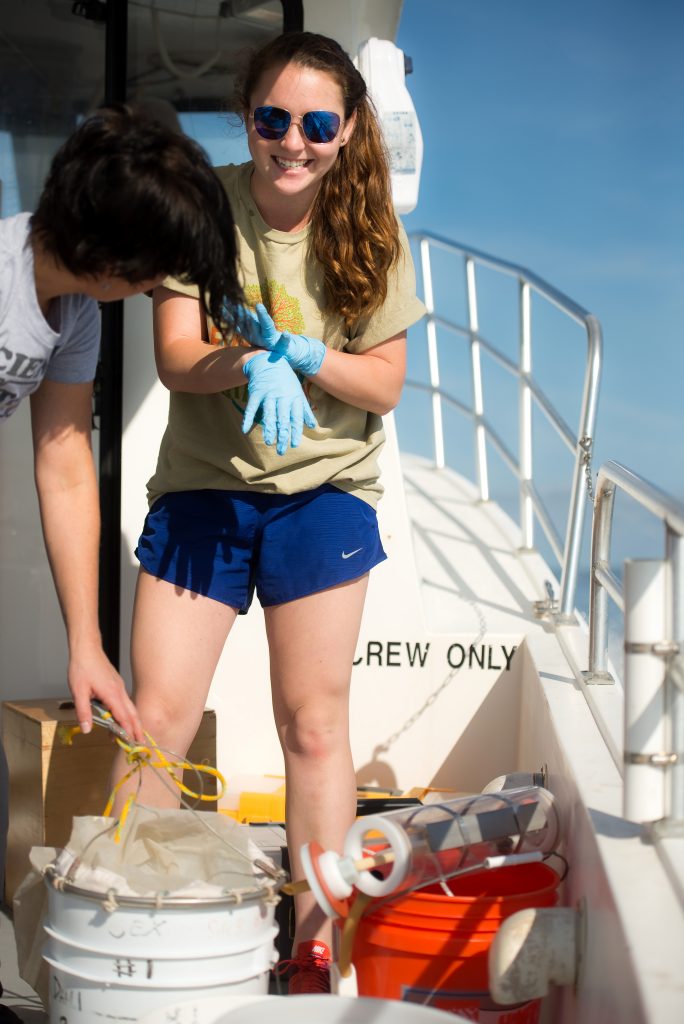
Sam Gleich ’17 and I talk about the set-up for a microcosm experiment to investigate the interactive effects of nutrient enrichment and acidification on phytoplankton assemblages in Raritan Bay.
2. Bushkill Creek Restoration. Learn more about dam removal and freshwater mussel restoration in Bushkill Creek.
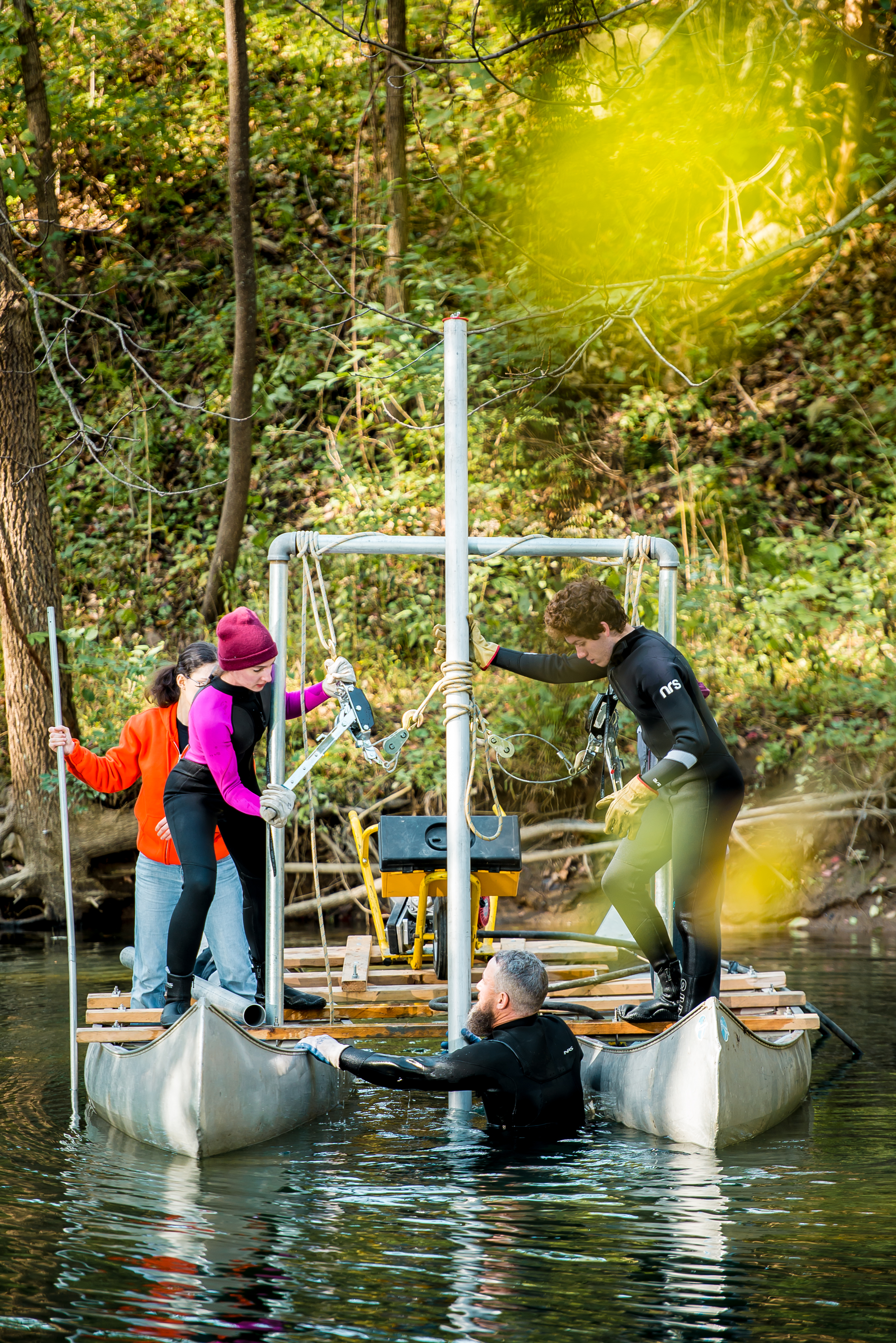
Under the guidance of John Wilson of the Geology Department, Caroline Bottega ’19 and several other lab fam members extract sediment cores for heavy metal and PCB analysis from behind one of the dams along Bushkill Creek.
3. Amphibian Conservation. Learn more about our research on amphibian conservation and habitat restoration.
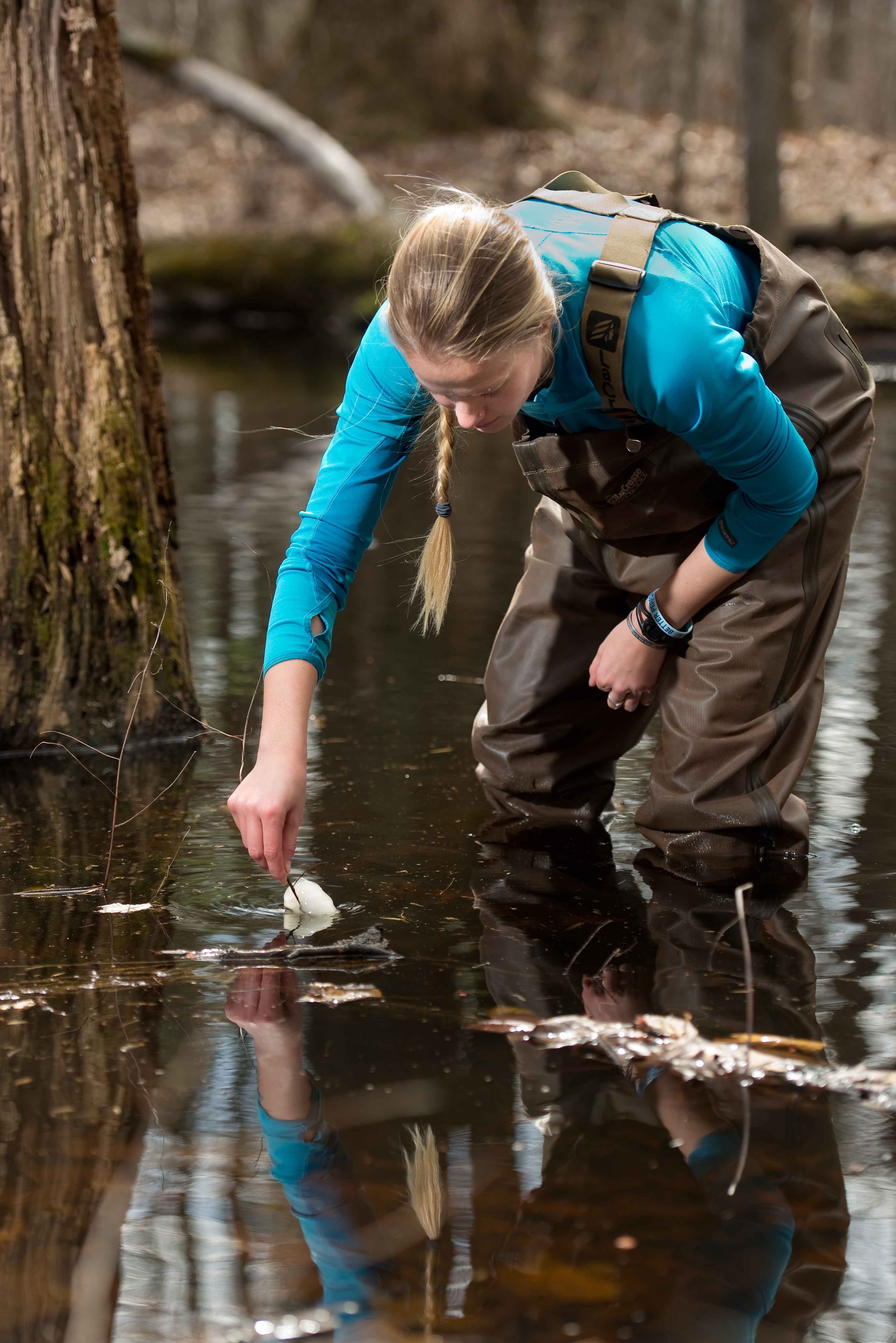
Tessa Broholm ’17 counts spotted salamander egg masses in a natural vernal pool within Jacobsburg State Park.
4. Meadow Restoration Using Fire. This project is brand new as of fall 2023 and will replace our Hudson-Raritan project, which we are phasing out after 12 years of lovingly monitoring that system. It’s time to explore a new topic. Learn more about our research on prescribed burns.
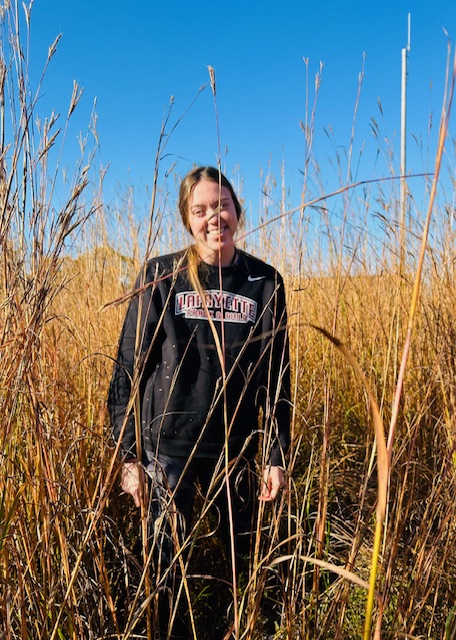
Emily Bone ’24 uses a stratified random sampling method to estimate plant species richness and the abundance of each species present within a meadow habitat receiving prescribed burns in Jacobsburg State Park.
